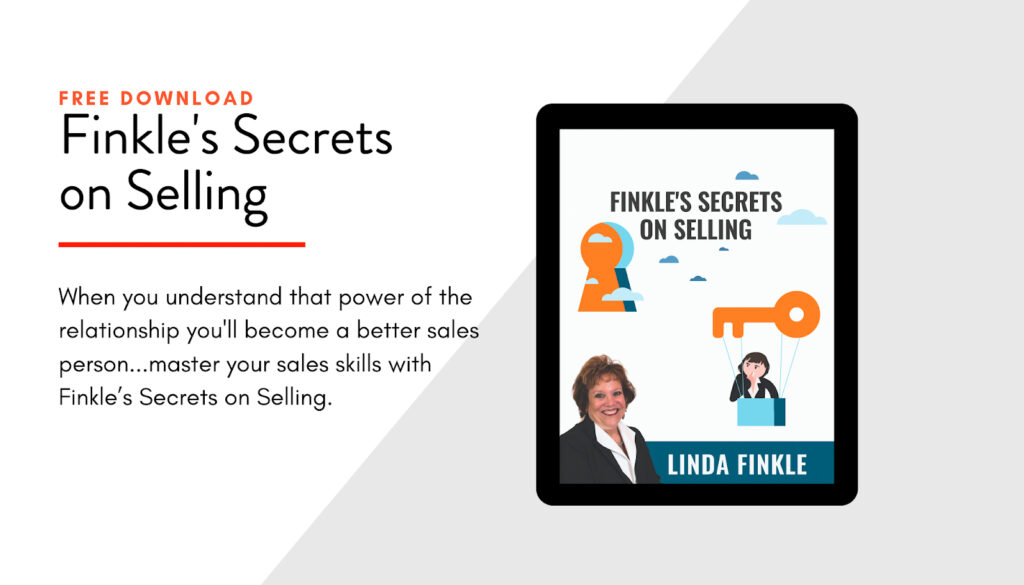What’s the first thing you do when you’re looking for a lawyer, babysitter, bank, real estate agent, or consultant? Ask your friends for referrals.
Yes, some of you might do a little research on the web, but when it comes down to making a choice, majority of people chose referrals.
Just think about it, who would you rather do business with?
• A company with a glossy advertisement in the magazine
• Someone who sent you a cold email
• Someone introduced to you by a friend or colleague
Eight out of 10 chances, you’ll choose the brand referred to you.
The Power of Referrals
According to a 2009 Survey by Nielsen, 90% of consumers trust their friend’s recommendation more than advertisements.
For businesses, this is good news because getting a sale via a referral is way cheaper than traditional client acquisition methods.
Referrals work, but most businesses still don’t know how to utilize its power. Even solo professionals with a non-existent marketing budget—who have more to gain by learning how to ask for referrals—still don’t bother with it
The Referral Taboo
When I’m brought in to consult on a struggling business, I often ask two questions—“Have you ever asked customers to refer you?” and “Do you know how to ask for referrals?”
The answer varies, but it’s usually along the lines of:
• “They might think I’m pushy”
• “I don’t want my customers to think my business isn’t doing well”
• “I’m afraid my clients might say no”
So I encourage my clients to get past their hesitations and try it anyway. In most cases, they get a customer (or two). Best of all, they discover that their previous fears were unfounded.
Customers love referring businesses they love!
The Referral Conundrum
The amount of business—if any—a referral can give you varies greatly. So how can you tell when and how much you should give?
Referral fees, finder’s fee, commission, or whatever you want to call, can be handled in different ways. You can give a one-off incentive, a per-piece incentive, or a percentage of the profits.
It’s not as simple as choosing how much to give though. Yes, you want to encourage customers to refer as many people to you, but you also need to make sure they’re giving you quality referrals.
If that’s the case, you’ll want to steer clear of referral programs that give a fixed dollar amount for any and every referral made—even if it doesn’t end in a sale.
Learn How to Generate a Lead without Wasting Money
Before deciding how often and how much to give, I suggest you consider how much your business earns from the average customer— the customer’s lifetime value.
Whatever happens, the amount you spend to acquire a new client—the referral commission—shouldn’t be more than his lifetime value. In fact, it shouldn’t be more than what you can expect to earn from him in a single transaction.
How do you structure an incentive program that benefits both parties?
Consider paying a small finder’s fee for every lead, and a percentage of earnings for every closed sale. Or, you can forgo the initial finder’s fee and just give a fixed reward based on the average purchase made by new customers.
Whether you pay referral incentives for multiple orders or just on the first one depends on you. But I do suggest you limit the number of times a customer can receive such a commission—either by number of orders or a within a certain duration (i.e. 3 months).
Why?
Because after a certain number of orders, it’s safe to say that the new customer is already happy with your product/service and thus is loyal to your brand. The customer who gave you the lead has nothing to do with succeeding transactions. After all, the referral only gave you a chance—not a guaranteed sale.
Takeaway:
Do you know how to ask for referrals? Here’s a simple technique.
Talk to at least 10 clients and ask each of them for a referral. Give an outright incentive or discount to those who can give you a lead right away. For those who can’t refer anyone, promise them an incentive or discount as soon as they can give you a lead. See what happens, then do what you can to improve from there.
Want More Selling Tips?
I have created a list of my top tips that I have personally used over and over again to become a top salesperson.






